Complete Solutions to Haloalkanes And Haloarenes of chapter HALOALKANES AND HALOARENES of Class 12 book with complete answers and questions
| Class 12 | CHEMISTRY |
| Chapter | HALOALKANES AND HALOARENES |
| NCERT EXEMPLAR | Haloalkanes And Haloarenes |
| Number Of Questions | 97 |
| Academic Year | 2023-24 |
The order of reactivity of following alcohols with halogen acids is……….
(A) `CH_(3)CH_(2)-CH_(2)-OH` (B) `CH_(3CH_(2)-underset(CH_(3))underset(|)"CH"-OH`
`(C ) CH_(3)CH_(2)-underset(CH_(3))underset(|)overset(CH_(3))overset(|)C-OH`
View SolutionWhich of the following alcohols will yield the corresponding alkyl chloride on reaction with concentrated `HCl` at room temperature ?
Thinking process:
To solve this problem, students should keep in mind that tertiary alcohol being most reactive react at room temperature.
View SolutionIdentify the compound Y in the following reaction.

View SolutionToluene react with a halogen in the presence of iron (III) chloride giving ortho and para halo compounds. The reactions is
View SolutionWhich of the following is halogen exchange reaction ?
View SolutionWhich reagent will you use for the following reaction ?
`CH_(3)CH_(2)CH_(2)CH_(3)toCH_(3)CH_(2)CH_(2)CH_(2)Cl+CH_(3)CH_(2)CHClCH_(3)`
View SolutionArrange the following comounds in the increasing order densities.

View SolutionArrange the following compounds in increasing order of their boiling points.
 , (ii) `CH_(3)CH_(2)CH_(2)CH_(2)Br`
, (ii) `CH_(3)CH_(2)CH_(2)CH_(2)Br`
(iii) `H_(3)C-underset(Br)underset(|)overset(CH_(3))underset(|)C-CH_(3)`
View SolutionIn which of the following molecules carbon atom marked with asterik (*) is asymmetric ?

View SolutionWhich of the following structures is enantiomeric with the molecule (A) given below ?
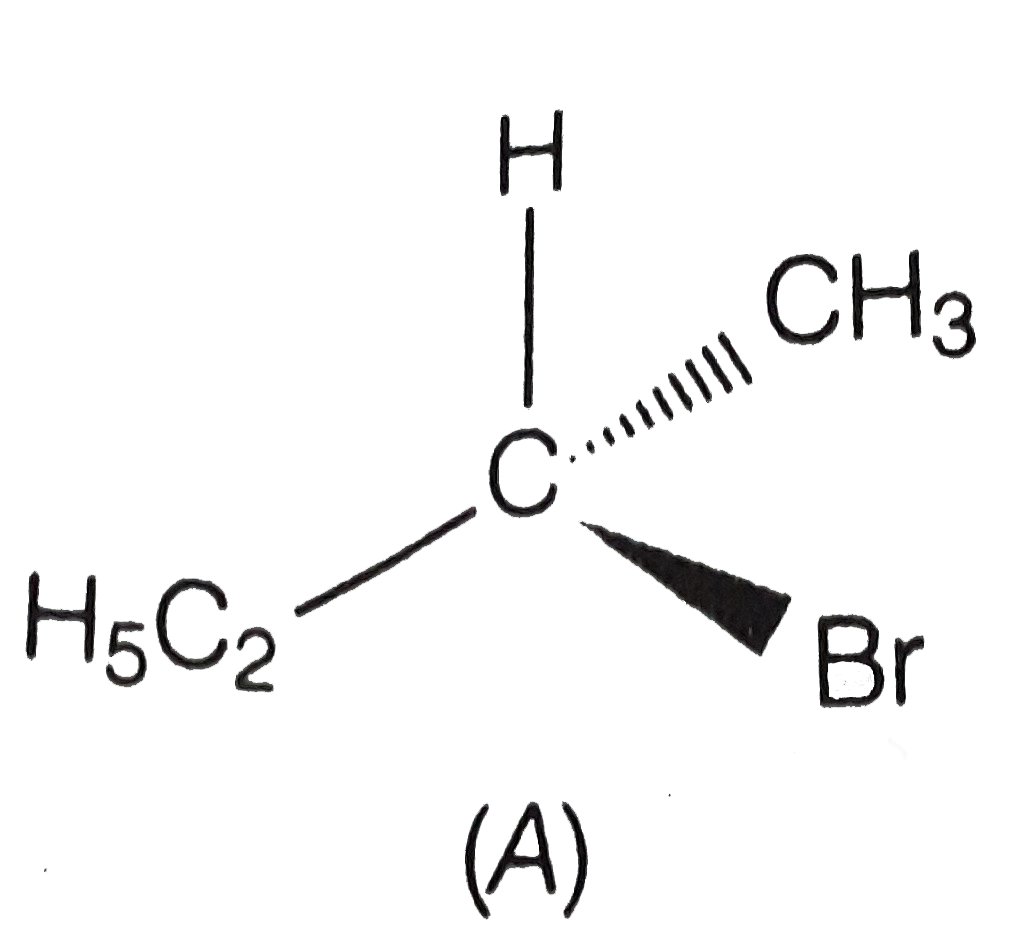
View SolutionWhich of the following is an example of vic-dihalide?
View SolutionThe position of Br in the compound in `CH_(2)=CHC(Br)(CH_(3))_(2)` can be classified as:
View SolutionChlorobenzene is formed by reaction of chlorine with benzene in the presence of `AlCl_(3)`. Which of the following species attacks the benzene ring in this reaction?
View SolutionEthylidene chloride is a/an…..
View SolutionWhat is 'A' in the following reaction ?
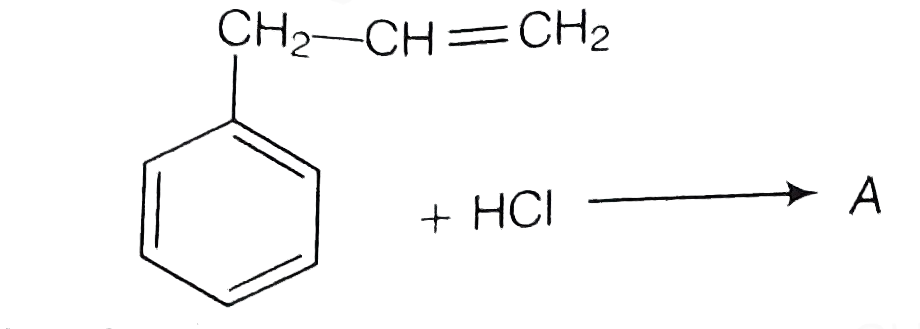
View SolutionA primary alkyl halide would prefer to undergo :-
View SolutionWhich of the following alkyl halides will undergo `S_(N)1` reaction most redily ?
View SolutionWhich is the correct IUPAC name for `CH_(3)-underset(C_(2)H_(5))underset(|)"CH"-CH_(2)-Br`?
View SolutionWhat should be the correct IUPAC name for diethylbromomethane?
View SolutionThe reaction of toluene with chlorine in the presence of iron and in the absence of light yields ………
View SolutionChloromethane on treatment with excess of ammonia yields mainly
View SolutionMolecules whose mirror image is non-superimposable over them are known as chiral. Which of the following molecules is chiral in nature?
View SolutionReactions of `C_(6)H_(5)CH_(2)Br` with aqueous sodium hydroxide follows:
View SolutionWhich of the carbon atoms present in the molecule given below are asymmetric ?

View SolutionWhich of the following compounds will give racemic mixture on nucleophillic substitution by `OH^(-)` ion?
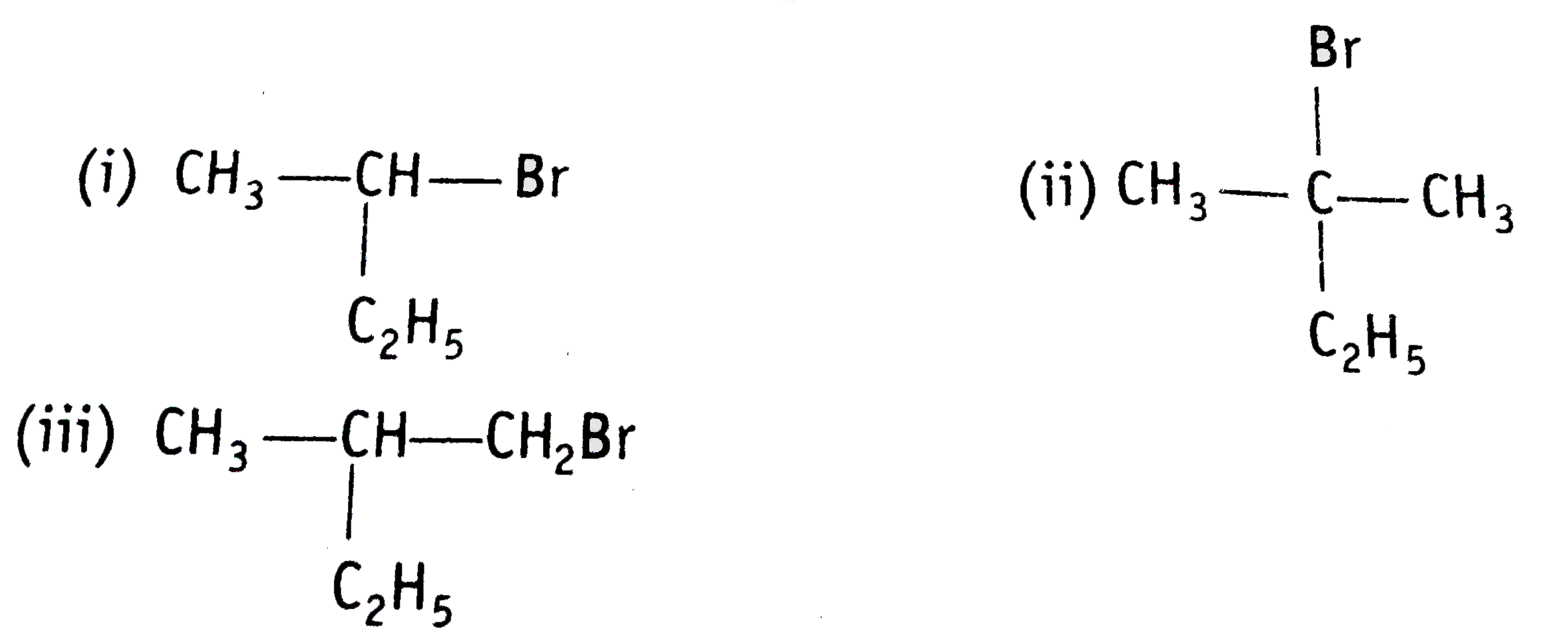
View SolutionWhich of the following order is correct?

View SolutionWhich of the following order is correct?

View SolutionWhich of the following order is correct?

View SolutionWhich of the following order is correct?

View SolutionWhich is the correct increasing order of boiling points
View SolutionWhich is the correct increasing order of boiling points of the following compounds ?
1-bromomethane, 1-bromobutane, 1-chlorobutane, Butane
View Solution
Which of the following statements are correct about the above reaction ?
View SolutionWhich of the following statements are correct about this reaction?
View SolutionWhich of the following statements are correct about the reaction intermediate ?
View SolutionWhich of the following statements are correct about the mechanism of this reaction ?
View SolutionWhich of the following statements are correct about the kinetics of this reaction ?
View SolutionHaloalkanes contain halogen atom(s) attached to the `sp^(3)`hybridised carbon atom of an alkyl group. Identify haloalkane from the following compounds.
View SolutionEthylene cghloride and ethylidene chloride are isomers. Identify the correct statements.
View SolutionWhich of the following compounds are gem-dihalides?
View SolutionWhich of the following are secondary bromides ?
View SolutionWhich of the following compounds can beclassified as aryl halides ?
View SolutionAlkyl halides are prepared from alcohols by treating with
View SolutionAlkyl fluorides are synthesised by alkyl chloride/bromide in presence of………or……….. .
View SolutionAryl chlorides and bromides can be easily prepared by electrophilic substitution of arenes with chlorine and bromine respectively in the presence of Lewis acid catalyst. But why does preparation of aryl iodides requires presence of an oxidising agent?
View SolutionOut of o- and p-dibromobenzene which one has higher melting point and why?
View SolutionWhich of the compounds will react faster in `S_(N)1` reaction with `""^(-)OH` ion?
`CH_(3)-CH_(2)-ClorC_(6)H_(5)-CH_(2)-Cl`
View SolutionWhy iodoform has appreciable antiseptic property?
View SolutionHaloarenes are less reactive than haloalkanes and haloalkenes. Explain.
View SolutionDiscuss the role of Lewis acids in the preparation of aryl bromides and chlorides in the dark.
View SolutionWhich of the following compounds (i) and (ii) will not react with a mixture of NaBr and `H_(2)SO_(4)`. Explain why ?
(i) `CH_(3)CH_(2)CH_(2)OH` (ii)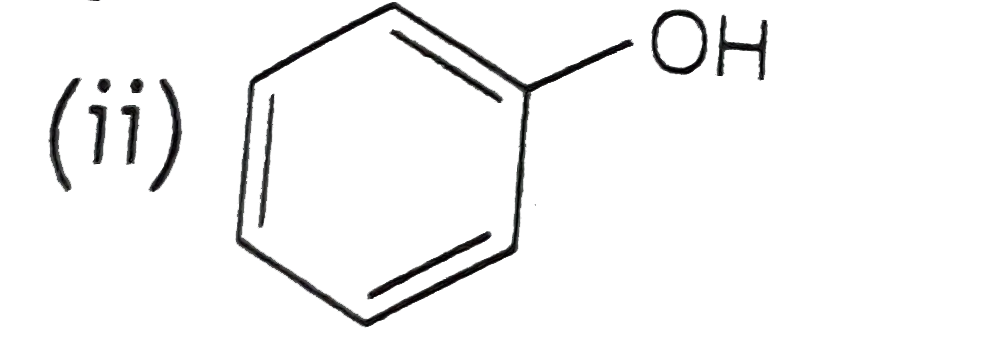
View SolutionWhich of the products will be major product in the reaction given below? Explain
`CH_(3)CH=CH_(2)+Hitounderset((A))(CH_(3)CH_(2)I)+underset((B))(CH_(3)CHICH_(3))`
View SolutionWhy is the solubility of haloalkanes in water very low ?
View SolutionDraw other resonance structures related to the following structure and find out whether the functional fgroup present in the molecule is ortho, para directing or meta directing.
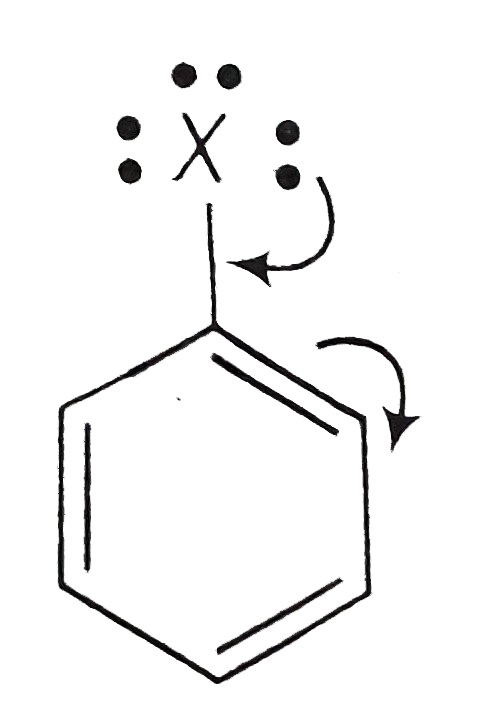
View SolutionClassify the following compounds as primary, secondary and tertiary halides.
View SolutionCompound 'A' with molecular formula `C_(4)H_(9)`Br is treated with aq. KOH solution. The rate of this reaction depends upon the the concentration of the compounds 'A' only. When another optically active isomer 'B' of this compound was treated with aq. KOH solution, the rate of reaction was found to be dependent on concentration of compound and KOH both.
(i) Write down the structural formula of both compounds 'A' and 'B'.
(ii) Out of these two compounds, which one will be converted to the product with inverted configuration.
View SolutionWrite the structures and names of the compounds formed when compound 'A' with molecular formula `C_(7)H_(8)` is treated with `Cl_(2)` in the presence of `FeCl_(3)`
View SolutionIdentify the product A and B formed in the following reaction
`CH_(3)-CH_(2)-CH=CH-CH_(3)+HCl toA+B`
View SolutionWhich of the following compounds will have the highest melting point and why?
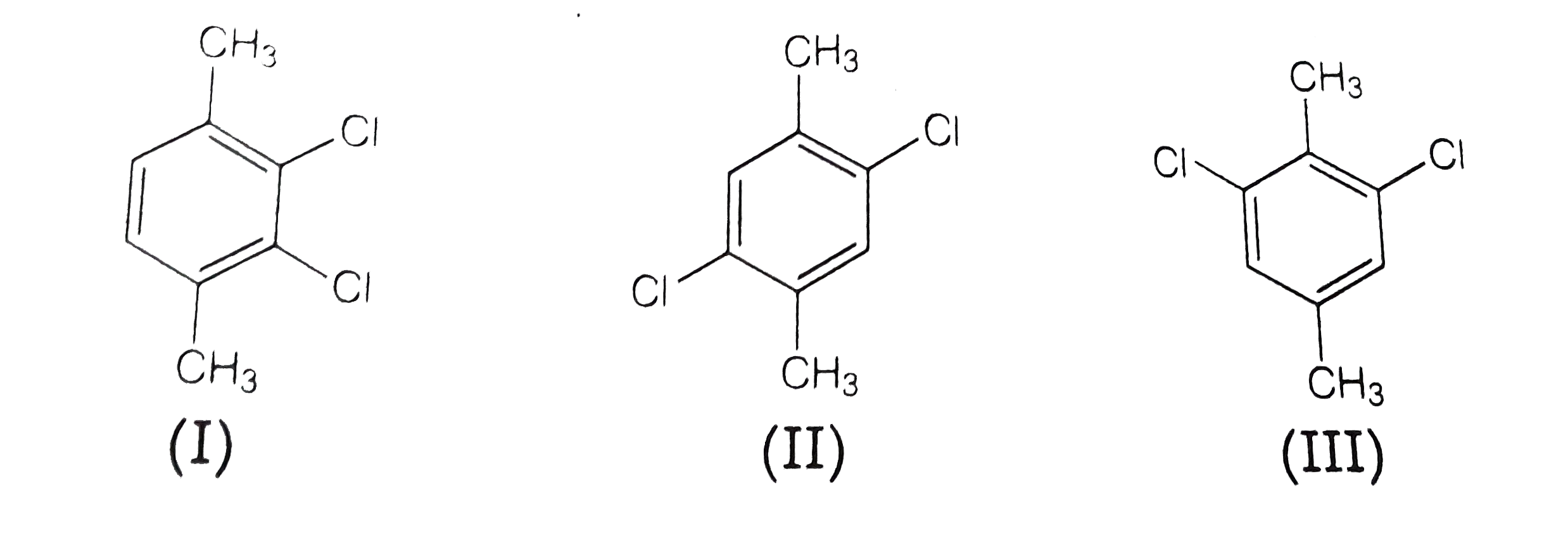
View SolutionWrite down the structure and IUPAC name for neo-pentylbromide.
View SolutionA hydrocarbon of molecular mass 72 g `mol^(-1)` gives a single monochloro derivative and two dichloro derivatives on photo chlorination. Give the structure of the hydrocarbon.
View SolutionName of the alkene which will yield 1-chloro-1-methylcyclohexane by its reaction with `HCl`. Write the reaction involved.
View SolutionWhich of the following haloalkanes reacts with aqueous `KOH` most easily? Explain giving reason.
View SolutionWhy can aryl halides not be prepared by reaction of phenol with HCl in the presence of `ZnCl_(2)`?
View SolutionWhich of the following compounds would undergo `SN_(1)` reaction faster and why ?
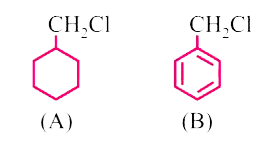
View SolutionAllyl chloride is hydrolysed more readily than n-propyl chloride. Why ?
View SolutionWhy is it necessary to avoid even traces of moisture during the use of a Grignard reagent?
View SolutionHow do polar solvents help in the first step in `S_(N)1` mechanism?
View SolutionWrite a test to detect the presence of double bond in a molecule.
View SolutionDiphenyls are potential threat to the envioronment. How are these produced from aryl halides?
View SolutionWhat are the IUPAC names of the insecticide DDT and benzene hexachloride? Why is their use banned in India and other countries?
View SolutionElimination reaction (especially `beta` - elimination) are as common as the nucleophilic substitution reaction in case of alkyl halides. Specify the reagents used in both cases.
View SolutionHow will you obtain monobromobenzene from aniline ?
View SolutionAryl halides are extermely less reactive towards nucleophilic substitution. Predictand explain the order of reactivity of the compounds towards nucleophilic substitution.
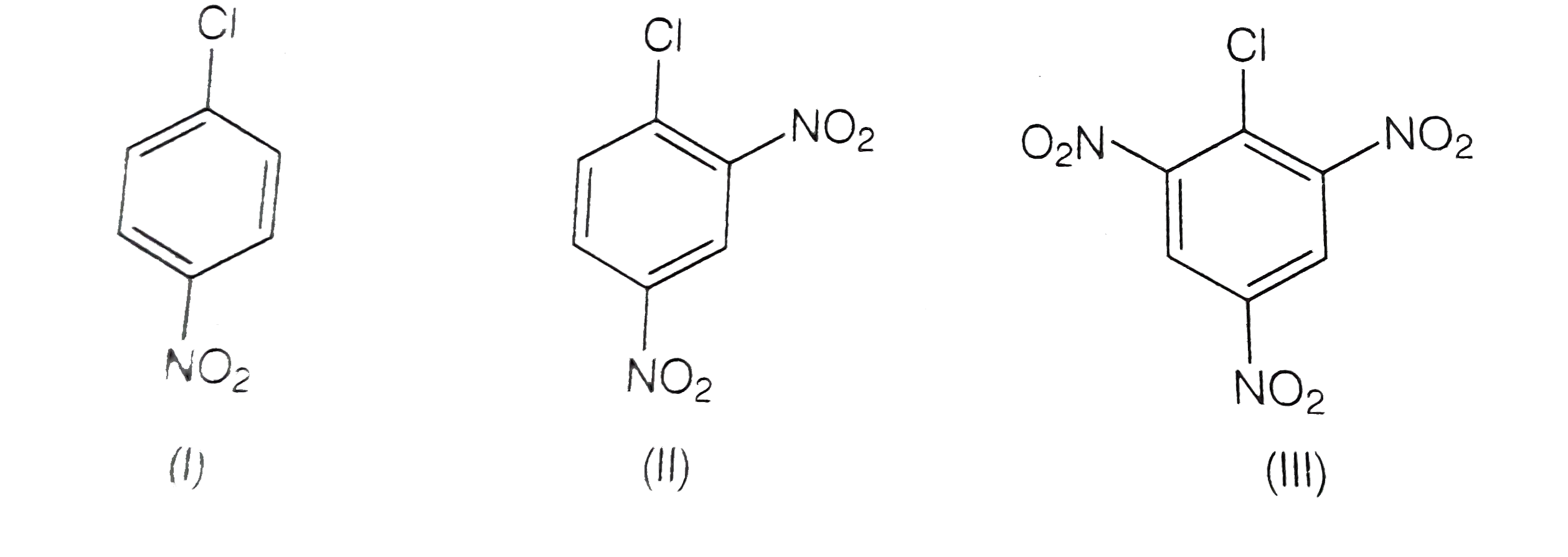
View Solutiontert-Butylbromide reacts with aq. NaOH by `S_(N)1` mechanism while n-butylbromide reacts by `S_(N)1` mechanism. Why?
View SolutionPredict the major product formed when HCl is added to isobutylene, Explain the mechanism involved.
View SolutionDiscuss the nature of C-X bond in the haloarenes.
View SolutionHow can you obtain iodoethane from ethanol when no other iodine containing reagent except `NaI` is available in the laboratory?
View SolutionCyanide ion acts as an ambident nucleophille. From which end it acts as a strong nucleophile in aqueous medium? Give reason for your answer.
View SolutionMatch the compounds given in column I with the effects given in Column II
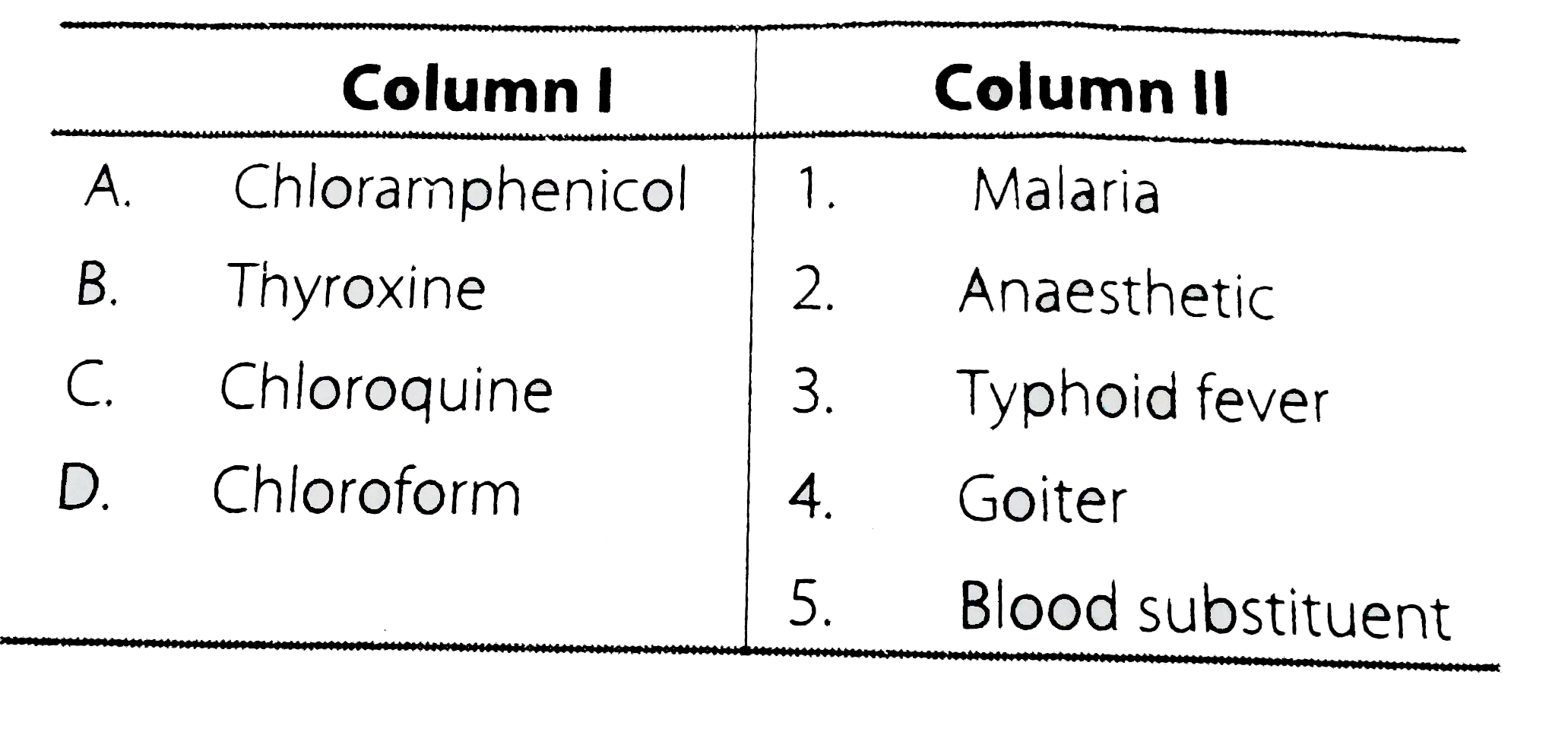
View SolutionMatch the items of Column I and Column II

View SolutionMatch the structures of compounds given in Column I with the classes of compounds given Column II
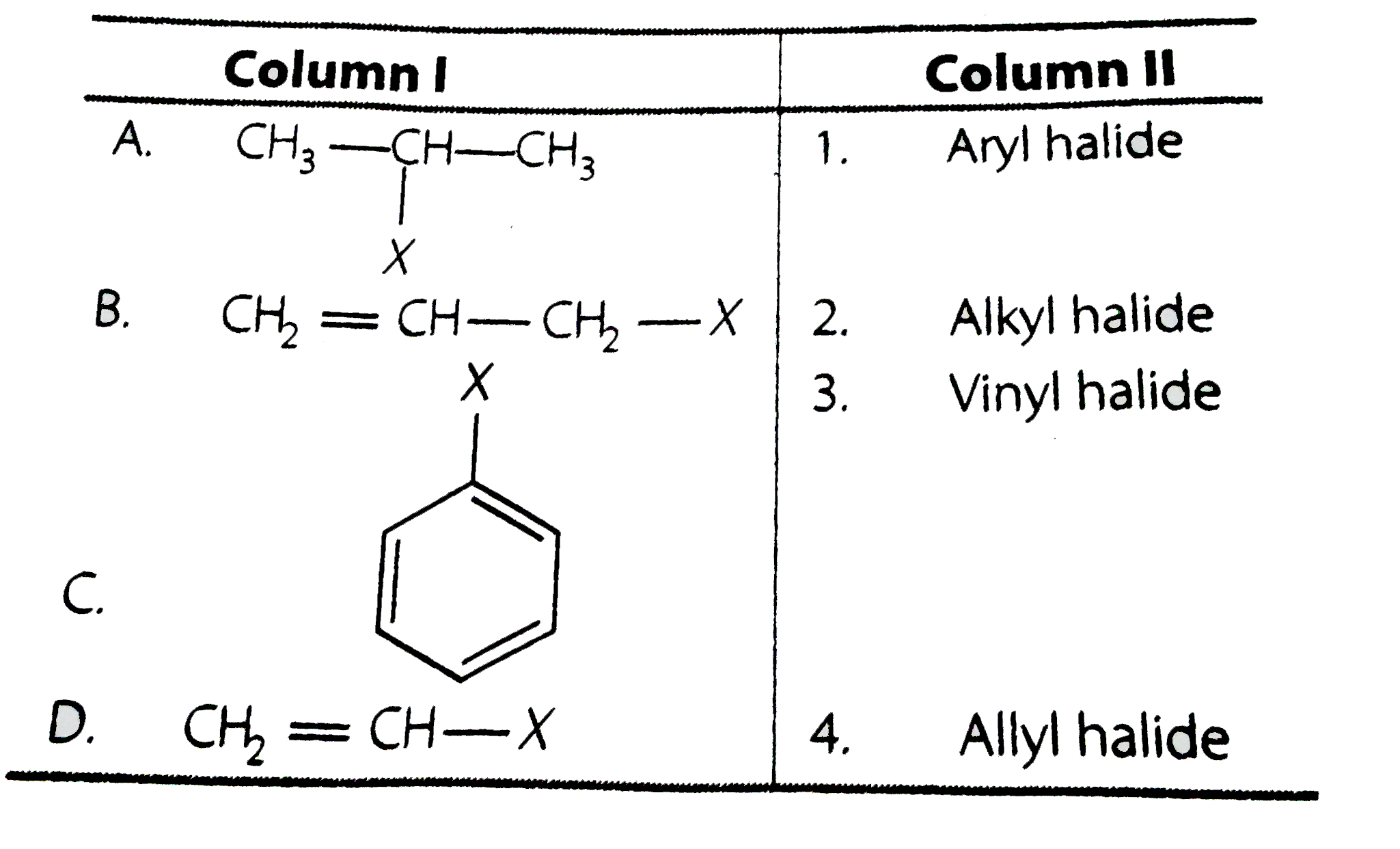
View SolutionMatch the reactions given in Column I with the types of reactions given in Column II.

View SolutionMatch the structures given in Column I with the names in Column II
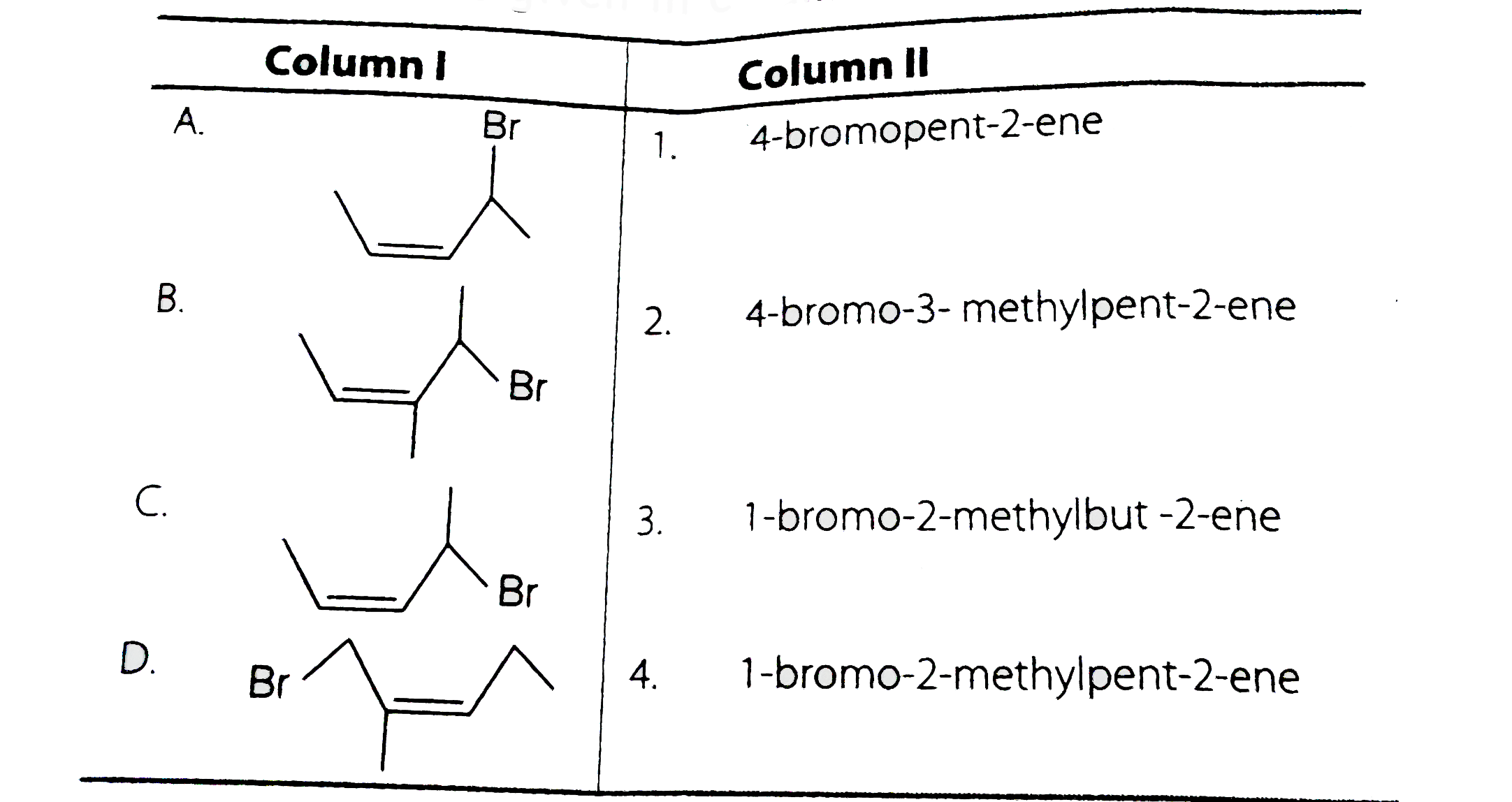
View SolutionMatch the reactions given in Column I with the names givn in Column II.
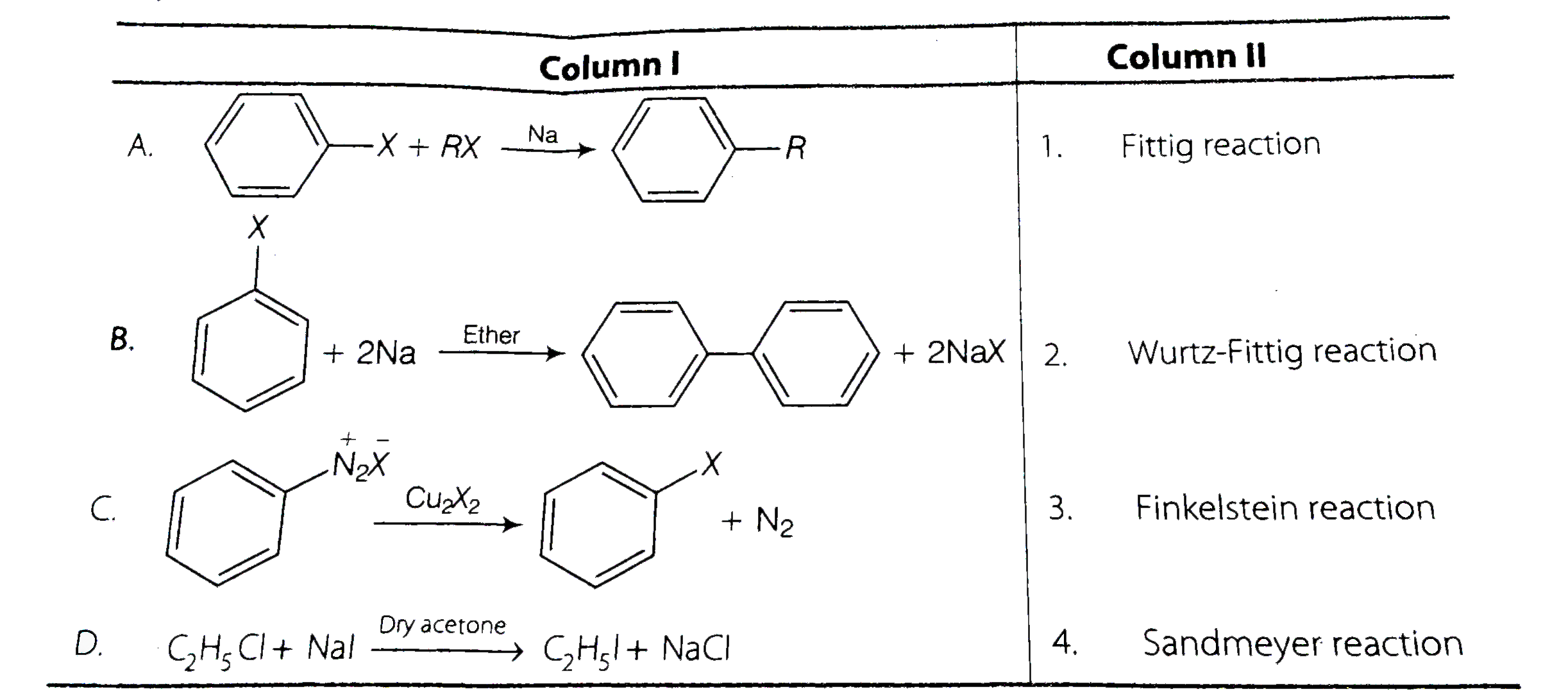
View SolutionAssertion ( A) Phosphorus chlorides ( tri and penta) are preferred over thionyl chloride for the preparation of alkyl chlorides from alcohols.
Reason (R) Phosphorus chlorides give pure alkyl halides.
View SolutionAssertion( A) The boiling points of alkyl halides decrease in the order `RI gt RBr gt RCl gt RF`
Reason (R) The boiling points of alkyl chlorides, bromides and iodides are considerably higher than that of the hydrocarbon of comparable molecular mass.
View SolutionAssertion( A) KCN reacts with methyl chloride to give methyl isocyanide.
Reason (R) `CN^(-)` is an ambident nucleophile.
View SolutionAssertion (A) tert-butyl bromide undergoes Wurtz reaction to give 2,2,3,3-tetramethylbutane.
Reason (R ) In wurtz reaction, alkyl halides react with sodium in dry ether to give hydrocarbon containing double the number of carbon atoms present in the halide
View SolutionAssertion (A) Presence of a nitro group at ortho or para position increases the reactivity of haloarenas towards nucleophilic substitution.
Reason (R ) Nitro group, being an electron withdrawing group decreases the electron density over the benzene ring.
View SolutionAssertion: In monohaloarenes, further electrophilic substitution occurs at ortho and para position
Reason: Halogen atom is a ring deactivator
View SolutionAssertion: Aryl iodides can be prepared by reaction of arenes with iodine in the presence of an oxidising agent.
Reason: Oxidising agent oxidises `I_(2)` into HI.
View SolutionAssertion: It is difficult to replace chlorine by `-OH` in chlorobenzene in comparison to that in chloroethane
Reason: Chlorine-carbon (C-Cl) bond in chlorobenzene has a partial double bond character due to resonance.
View SolutionAssertion (A) Hydrolysis of (-)-2-bromooctane proceeds with inversion of configuration
Reason (R) This reaction proceeds through the formation of a carbocation.
View SolutionAssertion (A) Nitration of chlorobenzene leads to the formation of m-nitrochlorobenzene.
Reason (R) `-NO_(2)` group is a m-directing group.
View SolutionSome alkyl halides undergo substitutionn whereas some undergo elimination reaction on treatment with bases. Discuss the structural features of alkyl halides with the help of examples which are responsible for this difference.
View SolutionSome halogen containing compounds are useful in daily life. Some compounds of this class are responsible for exposure of flora and fauna to more and more of UV light which causes destruction to a great extent. Name the class of these halocompounds. In your opinion, what should be done to minimise harmful effects of these compounds.
View SolutionAryl halides are less reactive towards nucleophilic substitution reaction as compared to alkyl halides due to
View Solution
Haloalkanes And Haloarenes questions and complete solutions for chapter HALOALKANES AND HALOARENES of CHEMISTRY of Class 12